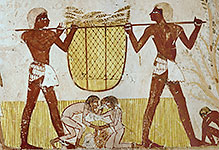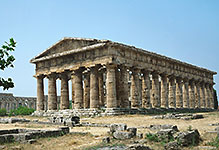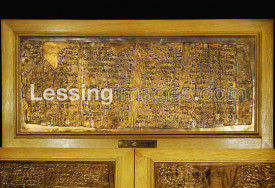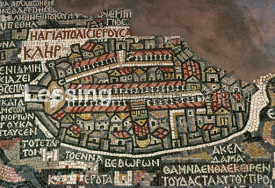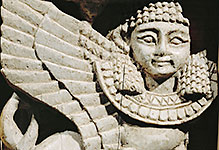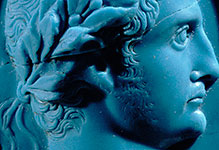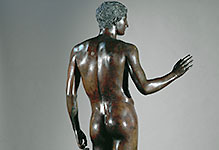
Antiquity
Ancient Egypt, Ancient Greece, Imperial Roman Period, Ancient Middle East.

#03050611
Fluted red-figured krater with gymnasium scene of athletes and flute player; 470...

#03050612
Fluted red-figured krater with depiction of a sacrificial procession in honour o...

#03050613
Red-figured pottery rhyton in shape of a satyr's head; found at Trebbia Valley;...

#03050614
Apulian red-figured fluted krater; 3rd BCE.

#03050615
Geometric krater from the Kerameikos, Athens; ca. 750-700 BCE.

#03050616
White kylix showing Leda and the Swan.

#03050617
Relief showing Zeus, Apollo and Artemis; from Brauron, Greece; 400 BCE.

#03050618
Greek red-figured hydria showing woman seated on chair playing lyre; from Rhodes...

#03050619
Greek black-figured oenochoe with charioteer and horse; 6th century BCE.

#03050620
Relief showing horsemen. Pentelic marble; West frieze from the Parthenon, Athen...

#03050621
Attic marble figure of Apollo, known as the Munich Kouros; 540-530 BCE.

#03050622
Red-figured ceramic skyphos with owl; 4th century BCE.
